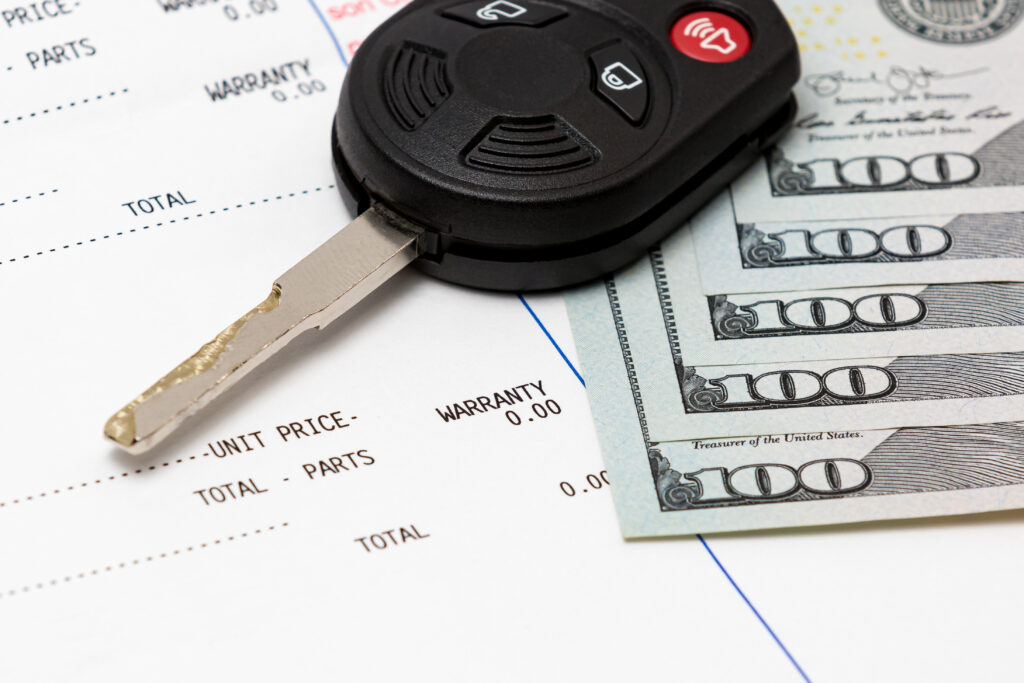Understanding The Fine Print Of A Warranty
Understanding the fine print of a warranty is an important part of the process of getting a car warranty. A car warranty is a contract provided by the manufacturer or dealer that offers coverage for certain repairs and services within a specified period or mileage limit.
What’s Covered
The coverage can vary depending on the type of warranty, and it’s essential to understand what is typically covered:
- Basic/Manufacturer’s Warranty: This is the initial coverage provided by the vehicle manufacturer and is usually valid for a specific period, such as 3 years/36,000 miles. It covers defects in materials or workmanship and includes repair or replacement of faulty components at no cost to the owner. Commonly covered items include engine, transmission, drivetrain, and other major systems.
- Powertrain Warranty: Often a subset of the manufacturer’s warranty, it covers the essential components that make the car move, such as the engine, transmission, and drivetrain. This warranty can extend beyond the basic warranty and usually lasts longer.
- Bumper-to-Bumper Warranty: This comprehensive warranty covers almost all parts and systems of the vehicle, except for a few excluded items like wear-and-tear components (tires, brake pads, etc.) and maintenance services. It typically lasts for a shorter period, such as 3 years/36,000 miles.
- Extended Warranty: Also known as a service contract, this warranty is an optional purchase that can be added to extend the coverage beyond the manufacturer’s warranty. It can vary in duration and scope, covering more components and sometimes even including maintenance services.
- Emission Warranty: Mandated by the government, this warranty covers repairs related to the vehicle’s emissions control system. It usually lasts longer than the basic warranty, such as 8 years/80,000 miles or more.
- Rust/Corrosion Warranty: It protects against rust or corrosion that could significantly damage the car’s body panels. The duration of this warranty can vary based on the manufacturer.
What’s Not Covered
Despite the coverage provided by these warranties, it’s crucial to be aware of what might not be covered. Common exclusions include:
- Regular Maintenance: Routine services like oil changes, filter replacements, tire rotations, and brake inspections are typically the owner’s responsibility.
- Wear-and-Tear Items: Components that wear out over time, such as brake pads, tires, and wiper blades, are usually not covered.
- Accidental Damage or Neglect: Any damage resulting from an accident, misuse, neglect, or improper maintenance may not be covered.
- Modifications: If the vehicle has been altered or modified from its original specifications, it might void the warranty for certain components.
- Pre-existing Conditions: If a vehicle has a known issue at the time of purchase, it may not be covered under warranty.
Understanding the fine print of a car warranty involves carefully reading the terms and conditions. Pay attention to specific coverage details, exclusions, and limitations. If you’re unsure about certain terms, don’t hesitate to ask the warranty provider for clarification. It’s essential to know what parts and repairs are covered, as well as any conditions that might void the warranty. Take your time to review and comprehend all the information before making a decision.
If you have any doubts or questions, don’t hesitate to seek clarification from the dealership or a qualified automotive expert. Remember that warranties can vary between manufacturers and dealers, so it’s essential to know the specific terms of your warranty.




